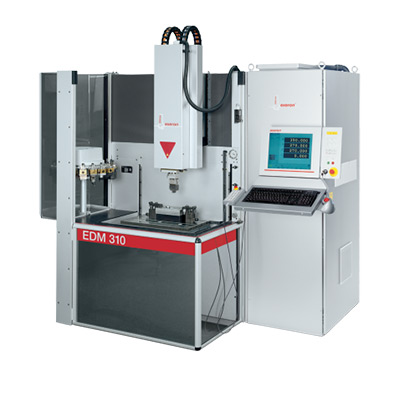how to change the power steering hose
Changing the power steering hose is an essential maintenance task that ensures your vehicle operates smoothly and efficiently. Over time, power steering hoses can wear out or become damaged, leading to leaks, reduced steering performance, or even complete power steering failure. If you're looking to tackle this job yourself, here's a comprehensive guide on how to change the power steering hose.
Tools and Materials Needed
Before you begin, gather all the necessary tools and materials - New power steering hose - Socket set and wrenches - Screwdrivers (flat and Phillips) - Power steering fluid - Pliers - Drain pan - Clean rags - Safety goggles and gloves
Step 1 Safety First
Prioritize safety by wearing gloves and goggles. Make sure the vehicle is parked on a level surface and turn off the engine. Use wheel chocks to prevent the vehicle from rolling, especially if it’s raised.
Step 2 Locate the Power Steering Hose
Open the hood and locate the power steering reservoir. The power steering hoses typically run from the reservoir to the steering gear. There are usually two hoses a high-pressure hose and a low-pressure return hose. Consult your vehicle's service manual for the exact location and specifications.
Step 3 Prepare for Fluid Drainage
To prevent a mess, place a drain pan underneath the power steering system. Before removing the hoses, it’s a good idea to take note of how they are connected—consider taking a photo for reference. This will be helpful when installing the new hose.
Step 4 Remove the Old Hose
1. Detach the High-Pressure Hose - Use a wrench to loosen and detach the high-pressure hose from both the power steering pump and the steering gear. Be cautious, as some fluid may spill out during this process. - If necessary, use pliers to loosen any clamps securing the hose.
2. Remove the Low-Pressure Return Hose - Follow the same procedure to detach the low-pressure return hose. This hose is usually larger in diameter than the high-pressure hose.
3. Check for Damage - Inspect the old hoses and connections for any signs of wear or damage, which could lead to leaks.
how to change the power steering hose

Step 5 Install the New Hose
1. Position the New Hose - Take your new power steering hose and position it according to your reference photo or the service manual. Ensure that it is routed similarly to the old hose to avoid any potential interference with moving parts.
2. Attach the High-Pressure Hose - Connect the high-pressure hose to the power steering pump and the steering gear. Hand-tighten the fittings and then use a wrench to tighten them securely, but avoid overtightening as this could damage the fittings.
3. Attach the Low-Pressure Return Hose - Repeat the process with the low-pressure return hose, ensuring that it is securely connected.
Step 6 Refill the Power Steering Fluid
Once the hoses are securely in place, remove the drain pan and clean up any spilled fluid. Refill the power steering reservoir with the appropriate fluid as specified in your vehicle’s manual. Be sure not to overfill; check the fluid level using the dipstick if applicable.
Step 7 Bleed the Power Steering System
After refilling the fluid, you need to bleed the power steering system to remove any air trapped in the lines. Start the engine and turn the steering wheel from lock to lock several times. Check the fluid level again and add more fluid if necessary.
Step 8 Test Drive
Finally, take your vehicle for a short test drive. Pay attention to the steering response and check for any leaks around the newly installed hoses. If everything feels and looks good, you’ve successfully changed the power steering hose!
Conclusion
Changing the power steering hose may seem daunting, but with the right tools and a little patience, it can be a straightforward task. Regular maintenance of your vehicle's power steering system can enhance its longevity and ensure a smooth driving experience. Always refer to your vehicle’s service manual for any specific instructions or specifications to avoid complications. Happy driving!
-
Ultimate Spiral Protection for Hoses & CablesNewsJun.26,2025
-
The Ultimate Quick-Connect Solutions for Every NeedNewsJun.26,2025
-
SAE J1401 Brake Hose: Reliable Choice for Safe BrakingNewsJun.26,2025
-
Reliable J2064 A/C Hoses for Real-World Cooling NeedsNewsJun.26,2025
-
Heavy-Duty Sewer Jetting Hoses Built to LastNewsJun.26,2025
-
Fix Power Steering Tube Leaks Fast – Durable & Affordable SolutionNewsJun.26,2025

